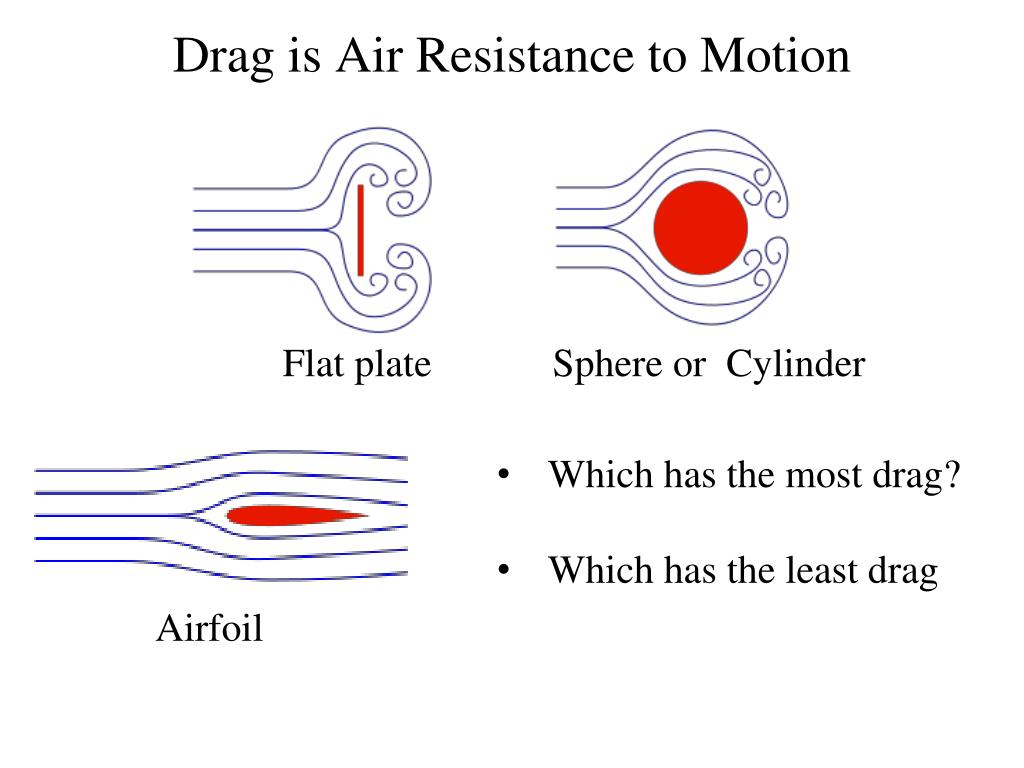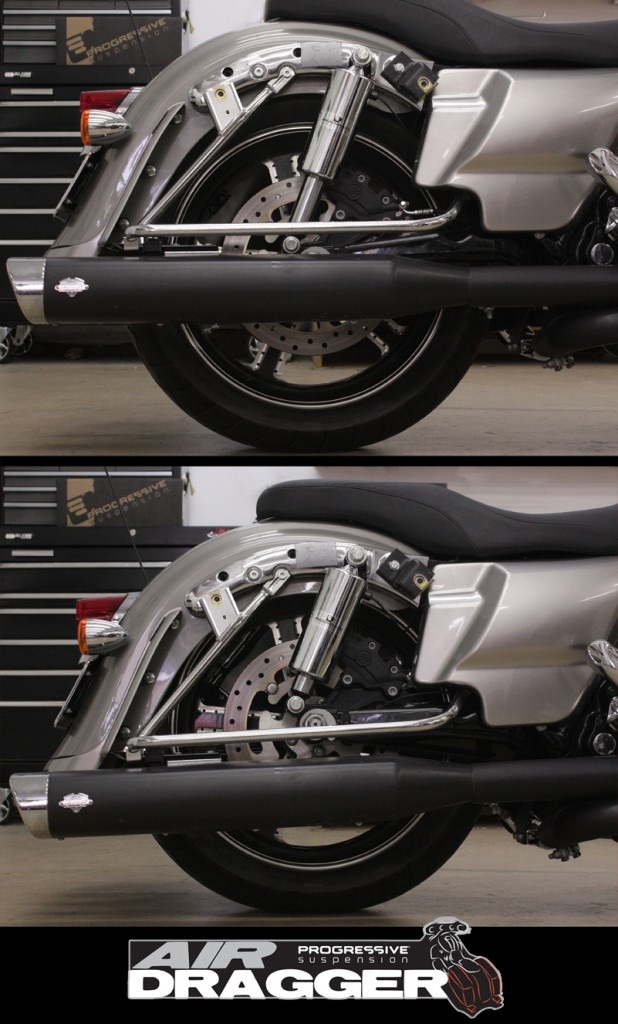

Here we revisit the motion of projectiles near the Earth's surface, this time adding air resistance to the problem, and we'll discuss the motion of charged particles in magnetic fields. guessing the solution (not always easy or reliable).direct integration (not always possible), and.We learned what differential equations are and saw two ways to solve them: In chapter 1 we reviewed Newton's laws and the mathematical objects used to express it, vectors.

Drag coefficients of cars (vertical axis on left) have changed over time (horizontal axis).PHY5200 lecture 6 PHY5200 F07 Chapter 2: Projectiles and Particles Reading The table that follows provides drag coefficient values for a variety of objects. The image below illustrates how the shape of an object, in this case a car, affects the drag coefficient. In typical situations air is not very viscous so the complete formula for air resistance force is: If the fluid is not not very viscous then drag depends on v 2, but for viscous fluids the force depends just on v. Finally, the drag force depends on the on the speed ( v) of the object through the fluid.

Objects with a low drag coefficient are often referred to as having an aerodynamic or streamlined shape. The drag force depends the density of the fluid (ρ), the maximum cross-sectional area of the object( ), and the drag coefficient ( ), which accounts for the shape of the object.
AIR DRAG SKIN
Skin drag is essentially a kinetic frictional force caused by the sliding of the fluid along the surface of the object. Form drag is similar to the normal force provided by the resistance of solids to being deformed, only the fluid actually moves instead of just deforming. Form drag is caused by the resistance of fluids (liquids or gases) to being pushed out of the way by an object in motion through the fluid. Drag force can be broken into two types: form drag and skin drag. Similar to kinetic friction, drag force is reactive because it only exists when the object is moving and it points in the opposite direction to the object’s motion through the fluid. Air resistance is an example of the drag force, which is force that objects feel when they move through a fluid (liquid or gas). “Drag of a Sphere” by Glenn Research Center Learning Technologies Project, NASA, via GIPHY is in the Public Domain, CC0Īir resistance limits the terminal speed that a falling body can reach.

Drag Simulation of fluid flowing around a sphere. In turn, the air resistance affects the terminal speed, as we will see in the next chapter. Image Credit: “ Gabriel Skydiving” By Gabriel Christian Brown, via Wikimedia CommonsĬorrect and thoughtful body orientation is an important part of skydiving because the orientation of the body affects the amount of air resistance experienced by the body. 60 Drag Forces on the Body A skydiver maintains a horizontal (flat) body position with arms and legs spread, which reduces the terminal velocity and increases the fall time.


 0 kommentar(er)
0 kommentar(er)
